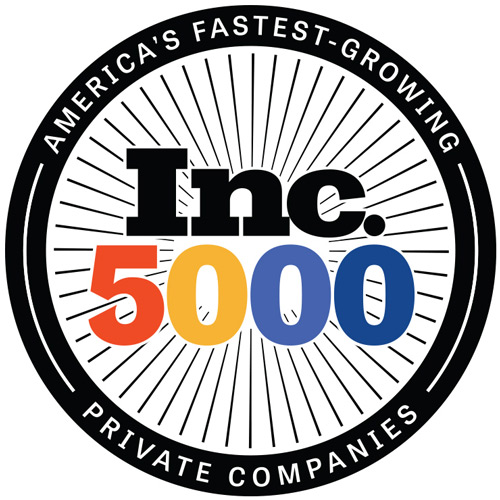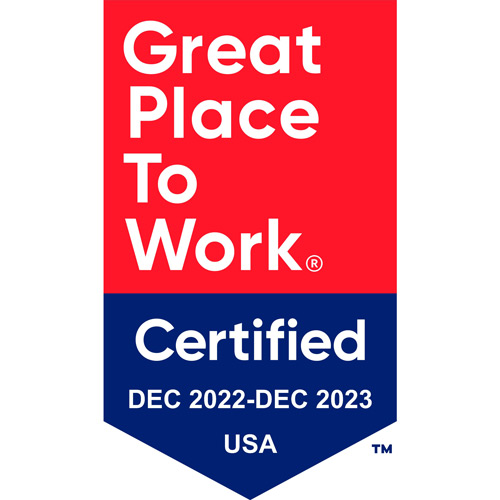The Core Principles of Pharmaceutical Supply Chain
- Jessica R.
- October 12, 2023
- Edited October 12, 2023
Table of Contents
In the intricate world of medicine and healthcare, the pharmaceutical supply chain stands as a fundamental pillar. It ensures that life-saving medications reach those who need them, and do so promptly, safely, and efficiently. Yet, for many, the processes behind this vital system remain somewhat of a mystery. Let’s demystify it, shall we? By delving into its key elements, understanding the roles of various stakeholders, and emphasizing the importance of pharmaceutical regulatory compliance, we can gain clarity on the gears that keep this mechanism running smoothly.
Beginning at the Source: Raw Material Suppliers
At the very start of the pharmaceutical supply chain are the raw material suppliers. These entities provide the essential ingredients necessary to create the medicines. Quality control here is paramount. A slip at this stage could lead to far-reaching consequences. Ensuring pharmaceutical regulatory compliance from the outset is crucial.
Drug Manufacturing: Crafting the Medication
Once raw materials are sourced, they are sent to the drug manufacturers. Here, the materials undergo a transformation, becoming the medications we’re familiar with. This step involves intricate processes, strict quality checks, and, yes, rigorous adherence to pharmaceutical regulatory compliance. This stage ensures that medications are safe, effective, and consistent.
Quality Control and Assurance: Double Checking for Perfection
Even after a drug is manufactured, it’s subjected to stringent quality checks. This is where laboratories and quality assurance teams play a vital role. Their aim? To ensure that every pill, syrup, or injection meets the set standards and adheres to pharmaceutical regulatory compliance, ensuring that patients receive only the best with GMP Pros.
Warehousing: Safeguarding the Medicines
Once the drugs pass quality checks, they are stored in warehouses awaiting distribution. These aren’t ordinary storage facilities. They are specialized, ensuring the right temperature and conditions are maintained for the drugs. Here too, pharmaceutical regulatory compliance isn’t just a buzzword. It’s the protocol, ensuring that medications remain in optimal condition.
Distribution: Getting Medications to Where They’re Needed
So, after the manufacturing and the checks, where do these medications go? Directly into the capable hands of distributors and wholesalers. These folks have one main task. They make sure that medicines get to pharmacies, hospitals, and clinics. They work with big networks. Sometimes, these networks spread out far and wide. Why? So that even the most remote corner gets its share of essential medications.
Now, here’s something vital. Distributors always keep an eye on one thing – pharmaceutical regulatory compliance. Why is it important? It’s simple. It makes sure every drug gets to where it should. On time. Without mistakes. So next time you pick up medicine, remember there’s a whole network ensuring it reaches you safely and timely.
Retailers: The Final Stop
Pharmacies and hospital dispensaries represent the last step of our chain. They interact directly with patients, providing them with prescribed medications. Their responsibility doesn’t end at mere distribution. They need to ensure storage conditions, check for expired drugs, and, not surprisingly, adhere strictly to pharmaceutical regulatory compliance, safeguarding patient health.
Feedback Loop: Continuous Improvement
The pharmaceutical supply chain isn’t static. Feedback from every stage, especially from end-users (the patients), flows back to manufacturers. This feedback is invaluable. It leads to refinements, recalls if necessary, and innovations, all under the strict guidelines of pharmaceutical regulatory compliance.
The Role of Technology
In recent years, technology has infused itself into this chain. From tracking and tracing drugs to ensuring real-time monitoring of storage conditions, technology aids in tightening the loops and ensuring smoother operations. Not to mention, it provides tools for better pharmaceutical regulatory compliance monitoring and reporting.
Patient Education and Advocacy
While not directly involved in the production or distribution of medications, patient education and advocacy play an indispensable role in the broader pharmaceutical context. Educated patients are empowered patients. By understanding their medications, potential side effects, and the importance of adherence, patients can actively participate in their healthcare journey.
Furthermore, advocacy groups keep the supply chain stakeholders accountable. They raise awareness about drug shortages, affordability issues, and the essential need for pharmaceutical regulatory compliance. In essence, they serve as the voice of the end-users, ensuring that the pharmaceutical supply chain remains not just efficient, but also patient-centric.
Conclusion
In our quest to understand the vast domain of the pharmaceutical supply chain, one thing becomes abundantly clear: the pivotal role of pharmaceutical regulatory compliance. It’s the thread that weaves through every stage, ensuring safety, efficiency, and reliability.
The supply chain, with its myriad steps and stakeholders, functions seamlessly, guaranteeing that every time we pop a pill or receive an injection, we’re not just benefiting from medical science, but also from an intricate, well-oiled system that places our well-being at its core. As healthcare evolves, so will this chain, always striving for better, always ensuring we stay in the pink of health.
Read More:
Excelling in Regulatory Compliance

Jessica R.
Jessica is a seasoned GMP compliance consultant and technical writer specializing in pharmaceutical manufacturing, data integrity, and quality assurance. With over 12 years of experience working with global pharmaceutical firms, Jessica brings deep industry insights into FDA, EMA, and MHRA regulations.


